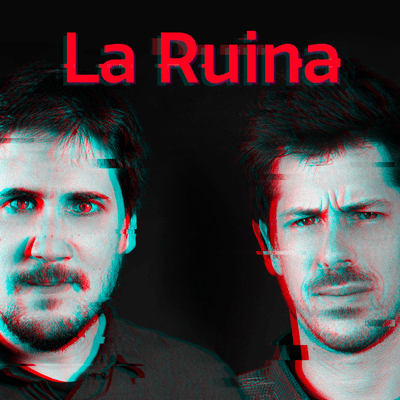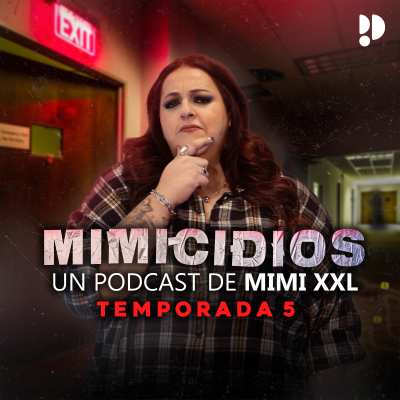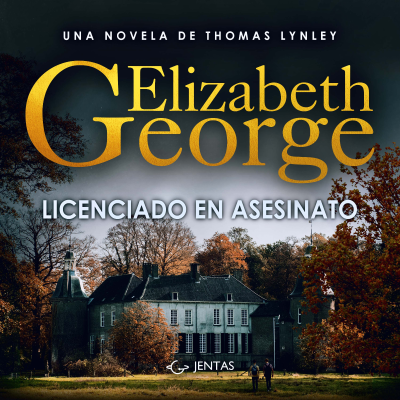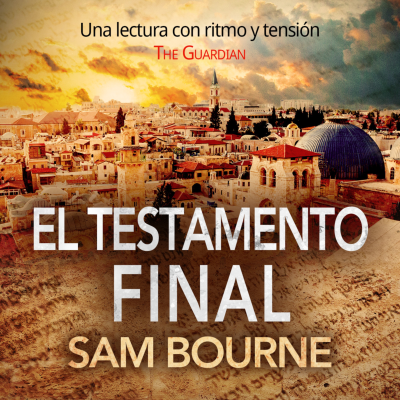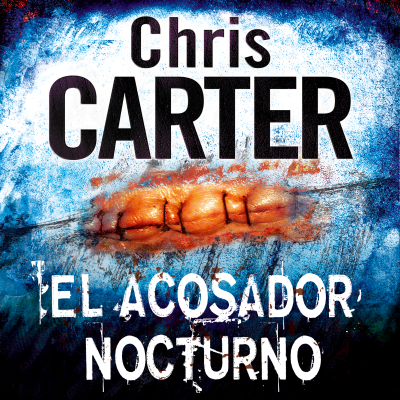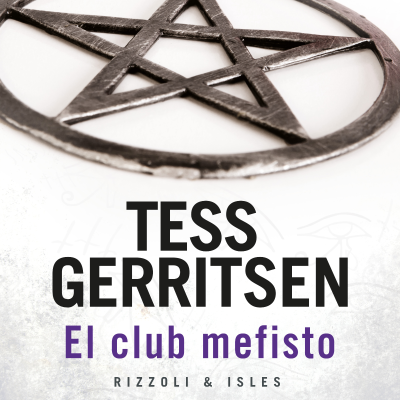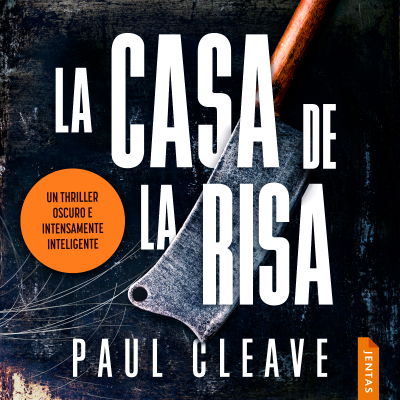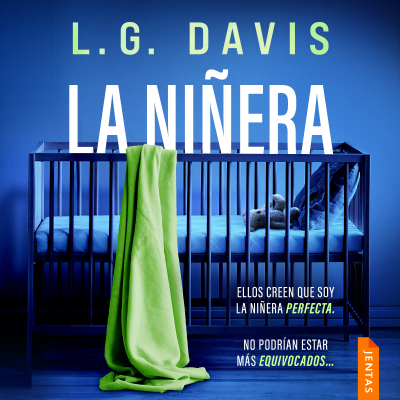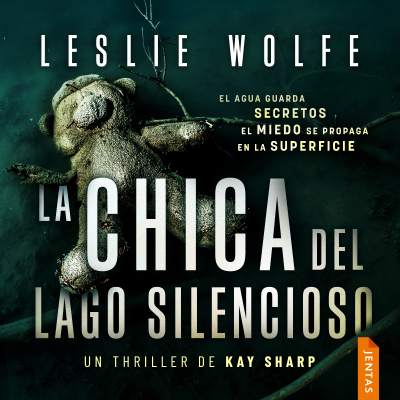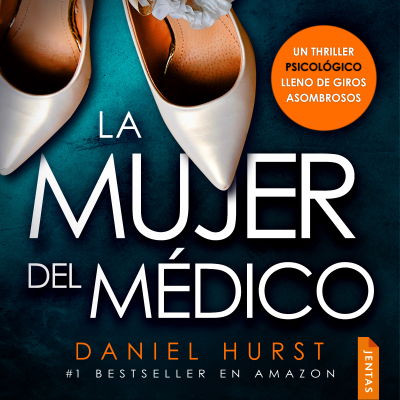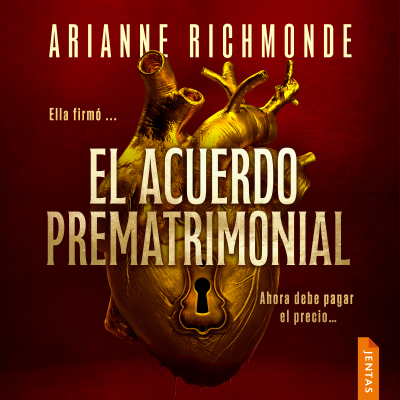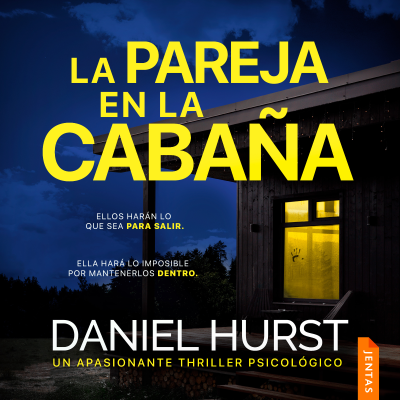
Talking Hoosier History
Podcast de Indiana Historical Bureau
Talking Hoosier History is an Indiana History podcast produced by the Indiana Historical Bureau. Join us each month to explore the people, places, and events that shaped the Hoosier state. Credits, Notes, and more info: https://blog.history.in.gov/talking-hoosier-history/
Disfruta 90 días gratis
9,99 € / mes después de la prueba.Cancela cuando quieras.
Todos los episodios
58 episodiosThe beautiful Saint Mary Catholic Church in downtown Indianapolis is made of stone and stained glass, sure. But the most important material used by German immigrant and architect Herman Gaul was love. The building design was a present to Father Anthony Scheideler, pastor at St. Mary, who introduced Herman to his wife, who just happened to be named Mary. This new episode of Talking Hoosier History is voiced by Justin Clark, written by Jill Weiss Simins, edited by Dr. Michella Marino and produced by A.J. Chrapliwy. A transcript, show notes, and more information on this episode is available at the THH website: https://podcast.history.in.gov/ [https://podcast.history.in.gov/?fbclid=IwZXh0bgNhZW0CMTAAAR0R7sAKWZIEcQOtPcqholg-hLeCNtoEbhkzjz3vpcn2gmdrykdQamRgfNQ_aem_g1QpQLQ0D_WSvMGwtkJgsA].
For many, French Lick Valley was an idyllic retreat and recreational wonderland. But for Black residents, the Valley was a hotbed of violence and intimidation in the early 1900s. Many had moved to the area from the South to work in the hospitality business. The local community responded to their presence with a series of threatening letters and bombings. While these efforts succeeded in driving out some Black residents, those who remained opened businesses and established recreational opportunities. In this new episode of Talking Hoosier History, we explore the resilience of Black French Lick residents despite contending with displacement, vandalism, violence, and eventually the organized efforts of the Klan. This episode of Talking Hoosier History is voiced by Justin Clark, written by Nicole Poletika, and produced by A.J. Chrapliwy. A transcript, show notes, and more information on this episode is available at the THH website: https://podcast.history.in.gov/ [https://podcast.history.in.gov/?fbclid=IwZXh0bgNhZW0CMTAAAR0R7sAKWZIEcQOtPcqholg-hLeCNtoEbhkzjz3vpcn2gmdrykdQamRgfNQ_aem_g1QpQLQ0D_WSvMGwtkJgsA].
On May 28, 1904, Chinese immigrants Moy Kee and Chin Fung hosted Chinese imperial royalty at their Indianapolis chop suey restaurant. Prince Pu Lun, the rumored heir to the Qing Dynasty’s imperial throne, was so impressed by the luncheon that he elevated Moy to Mandarin of the Fifth Rank, a prestigious Chinese social status. But how did Moy Kee, an immigrant from the Guangdong Province, end up hosting Chinese royalty? How did he gain so much influence in Indianapolis during the height of Chinese exclusion and Sinophobia? The story is a fascinating one that raises an even deeper questions that the United States still wrestles with today: What does it mean to be an American citizen? And who gets to be a citizen and who doesn’t? This new episode of Talking Hoosier History is voiced by Justin Clark, written by Kelsey Green, and produced by A.J. Chrapliwy. A transcript, show notes, and more information on this episode is available at the THH website: https://podcast.history.in.gov/ [https://podcast.history.in.gov/?fbclid=IwZXh0bgNhZW0CMTAAAR0R7sAKWZIEcQOtPcqholg-hLeCNtoEbhkzjz3vpcn2gmdrykdQamRgfNQ_aem_g1QpQLQ0D_WSvMGwtkJgsA].
Why would an average Hoosier leave his family and friends, his hometown and farm, not to mention comfort and safety, to answer President Lincoln’s call for troops in 1861? What would inspire a citizen soldier to risk making the ultimate sacrifice? The battlefield letters of Ossian (Wells County, Indiana) farmer-turned-Lieutenant-Colonel William Swaim to his beloved wife Hannah address those questions. And the answer may come as a surprise to those who have argued that the average Hoosier soldier did not understand the ideological causes of the Civil War. Learn about Swaim’s leadership of the 34th Regiment Indiana Volunteers (“Morton’s Rifles”), as well as his sacrifice for his moral convictions through the latest episode of Talking Hoosier History. Written by Jill Weiss Simins, voiced by Justin Clark, and produced by A.J. Chrapliwy. A transcript, shownotes, and more information on this episode is available at the THH website: https://podcast.history.in.gov/ [https://podcast.history.in.gov/].
In September of 1903, Fred Rohrer and his family awoke to the sound of explosions in their living room, as an unknown figured attempted to kill them by dynamiting the residence. Instantly, Rohrer knew that his leadership role within Berne, Indiana’s Temperance campaign was the assailant’s motive.. With the use of the Berne Witness, Rohrer helped solidify Indiana’s role in the national fight for Prohibition. In this new episode of Talking Hoosier History, learn about the way the Temperance Movement shaped grassroots organizing within Indiana as we discuss Rohrer’s unwavering commitment to the cause through the lens of his newspaper. Written by Emily McGuire, hosted by Justin Clark, and produced by A.J. Chrapliwy. A transcript, show notes, and more information on this episode is available at the THH website: https://podcast.history.in.gov/ [https://podcast.history.in.gov/].
Disfruta 90 días gratis
9,99 € / mes después de la prueba.Cancela cuando quieras.
Podcasts exclusivos
Sin anuncios
Podcast gratuitos
Audiolibros
100 horas / mes



